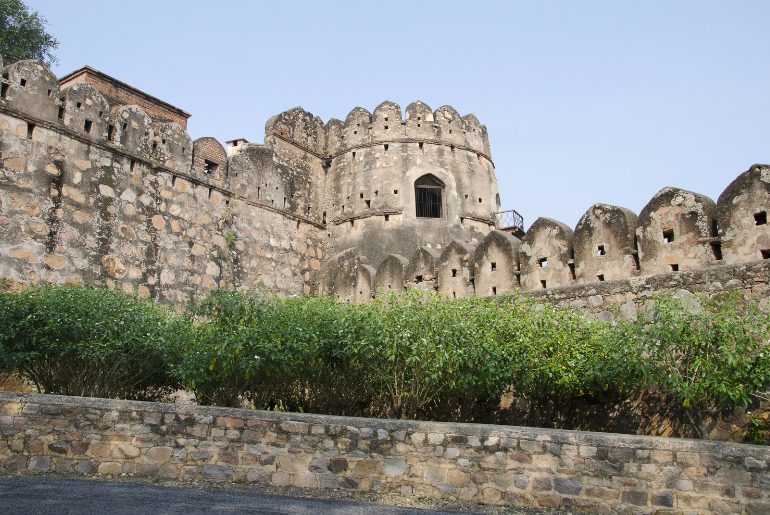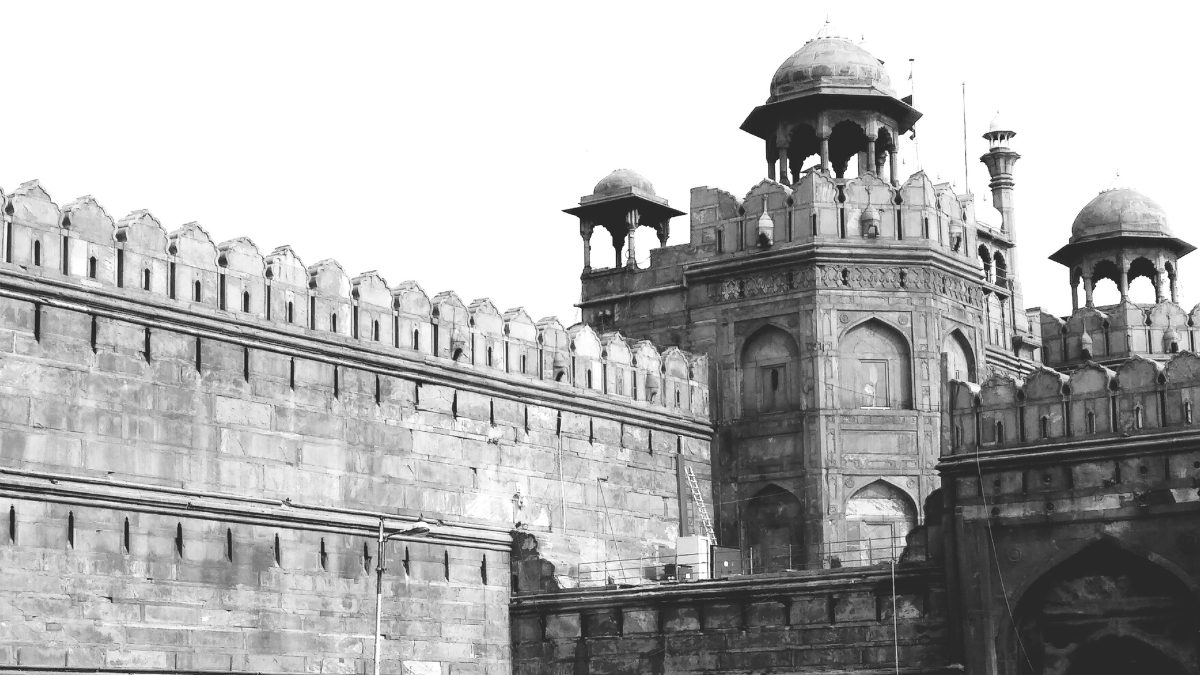The year 1947 marked a historic turning point for India as it shook off the shackles of British colonial rule and emerged as a sovereign nation on August 15th. This momentous occasion was celebrated as India’s first Independence Day. This day stands as a symbol of courage, resilience, and the unwavering spirit of its people. Let us delve into the significance of why the 15th was chosen, the arduous struggle for independence, and the joyous celebrations that marked the birth of a new nation.
Why Was The 15th Chosen As The Date?

The choice of August 15, 1947, as India’s Independence Day holds historical significance. The date was selected to commemorate the end of British colonial rule in India, following a long and arduous struggle for freedom led by prominent figures like Mahatma Gandhi and Jawaharlal Nehru. It is believed that Lord Mountbatten proposed the date of August 15. It coincides with the second anniversary of Japan’s surrender in World War II. He wanted to avoid any association with the unfortunate events of the Partition.
On August 15, 1947, India’s first Prime Minister, Jawaharlal Nehru, hoisted the Indian national flag at the Red Fort in Delhi, marking the formal declaration of India’s independence. The event was attended by a large gathering of people from all walks of life. Nehru delivered his iconic “Tryst with Destiny” speech, emphasizing the dawn of a new era for India. The day was celebrated with immense joy, enthusiasm, and a sense of newfound freedom.
Also Read: Dark Tourism: 5 Tourist Spots That Are Living Testament Of India’s Journey Towards Independence
First Independence Day Will Always Be Significant For The Country

India’s struggle for independence spanned several decades and was marked by various movements and protests against British rule. The tricolour flag of India, with saffron, white, and green bands and the Ashoka Chakra in the centre, was officially adopted as the national flag on Independence Day. The national anthem “Jana Gana Mana” by Rabindranath Tagore was also declared the country’s official anthem.
Since that historic day in 1947, India has celebrated its Independence Day annually on August 15. The day is marked by flag-hoisting ceremonies across the country, cultural events, parades, and patriotic songs. The Prime Minister of India traditionally addresses the nation from the Red Fort, recounting the achievements of the past years and outlining the goals for the future.
In conclusion, India’s first Independence Day on August 15, 1947, was a momentous occasion. It marked the end of British colonial rule and the beginning of a new era of independence and self-governance.
Cover Image Courtesy: Canva
First Published: August 03, 2023 3:11 PM



